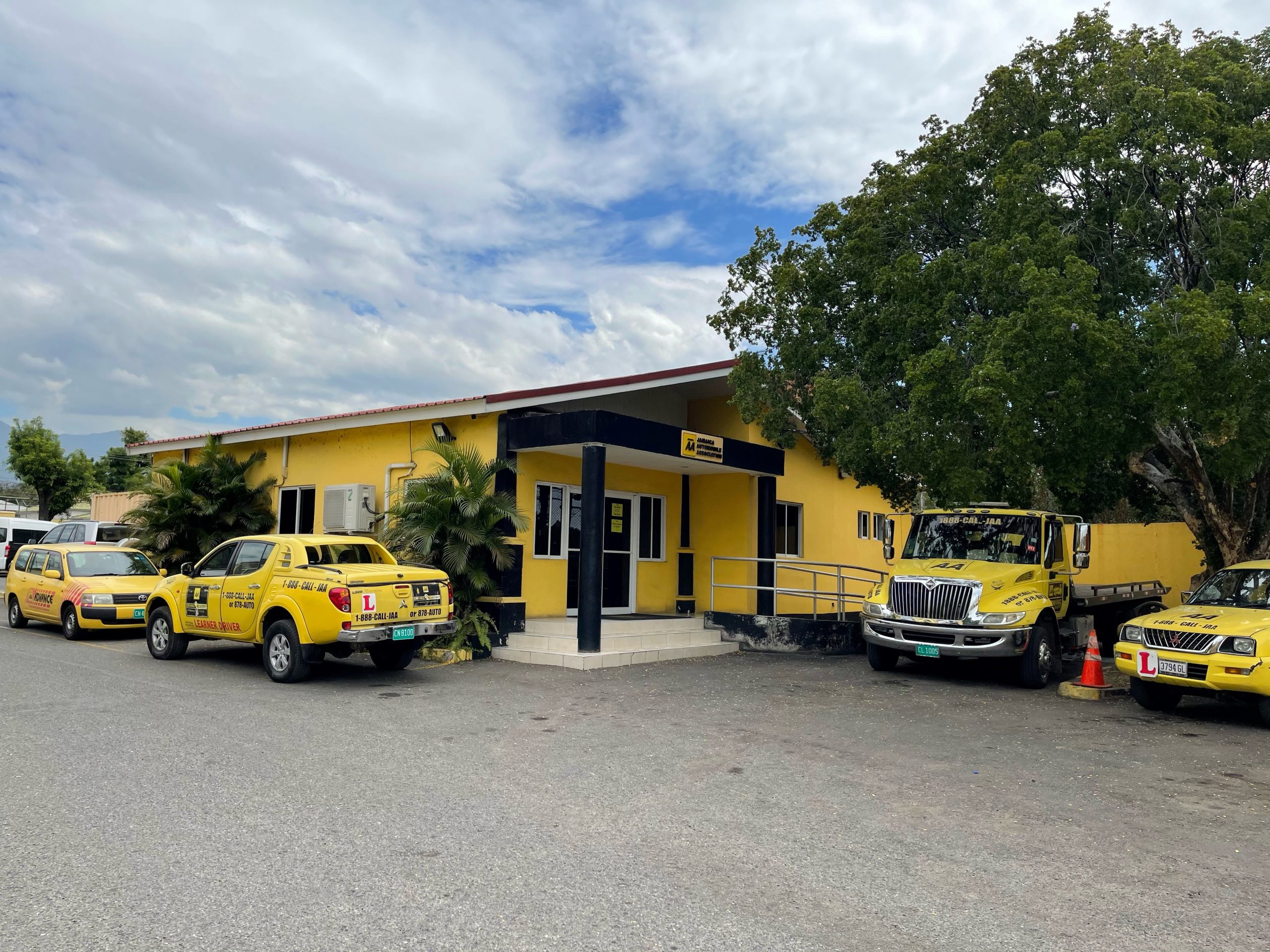The Jamaica Automobile Association was founded in 1924, with the establishment of a Jamaica Motor Club, by 14 individuals and enthusiasts, with the primary intent of promoting motoring and motor racing in the island. Membership was initially open exclusively to business owners who had imported cars into Jamaica, but after several years it opened its doors to all motorists and changed its name to the Automobile Association of Jamaica.
Over the years, it has constantly evolved and has played a key role in providing information to people interested in driving or owning cars, as well as lobbying for road safety.
The company became a member of FIA (Federation Internationale de l’Automobile) in 1976 and in 2002, adopted its current name and structure. In 2005, the former Jamaica National Building Society acquired 100% of the JAA and a new company was established, the Jamaica Automobile Association (Services) Limited.





